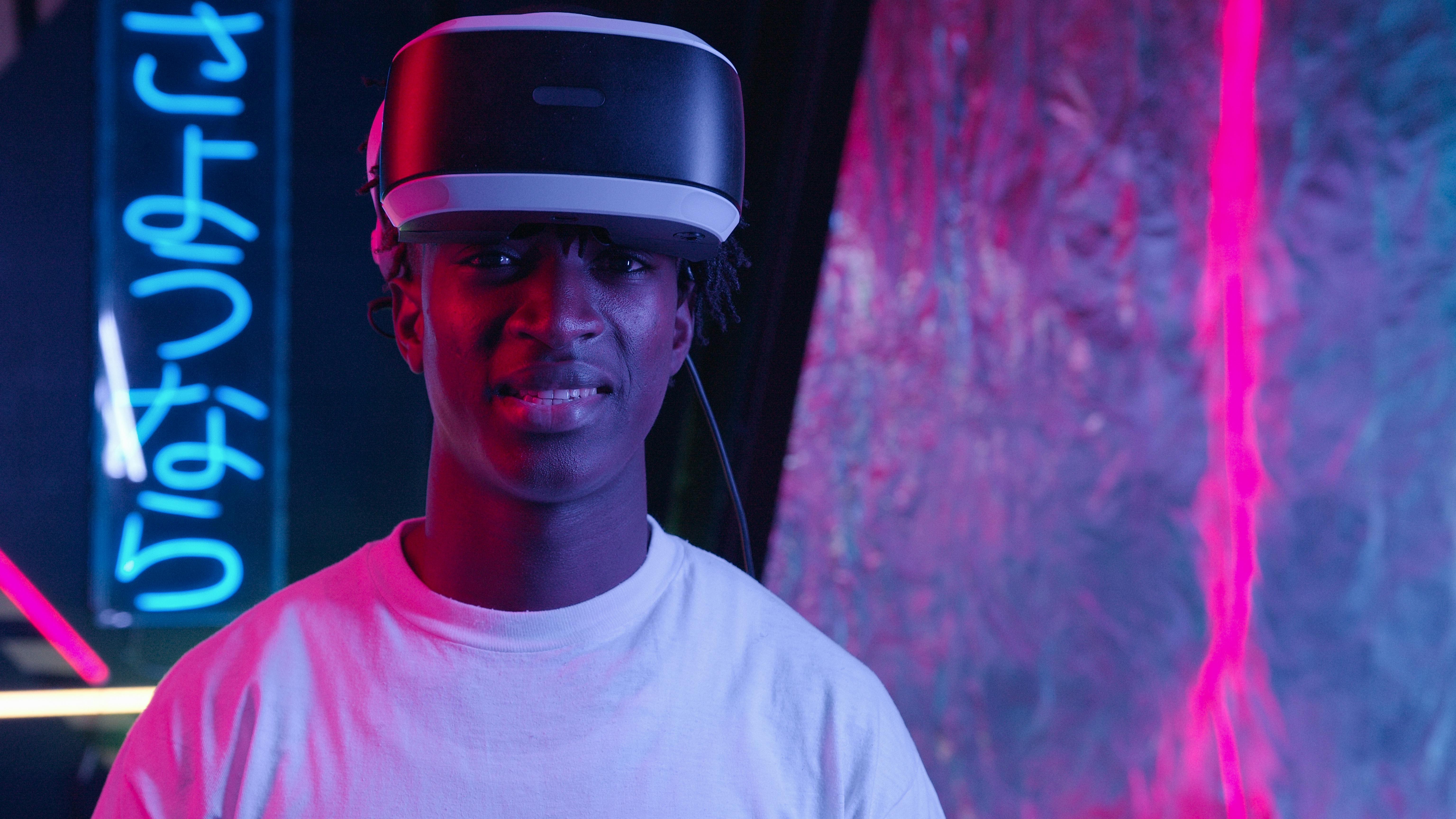Disruptive Storytelling: The Advent of Virtual Reality in Cinematic Art
In the ever-evolving world of arts and entertainment, a new player has emerged on the scene—Virtual Reality (VR). This technology, once the stuff of science fiction, is now disrupting traditional storytelling methods and pushing the boundaries of cinematic art.

A New Chapter in Filmmaking
The concept of virtual reality dates back to the 1960s when Ivan Sutherland, a computer scientist, developed the first head-mounted display system. However, it wasn’t until the 21st century that VR started gaining traction in entertainment. Today, this technology is being used to create immersive movies that place the viewer at the heart of the narrative.
Emerging Trends in VR Cinema
The year 2022 sees VR cinema breaking new ground. Movie creators are leveraging VR to make films that are more interactive and immersive than ever before. Recently, renowned director Alejandro González Iñárritu’s VR installation “Carne y Arena” was awarded a special Oscar, marking a significant milestone in the recognition of VR cinema.
The Impact of VR on Storytelling
The advent of VR in cinema is revolutionizing the way stories are told and experienced. Unlike traditional movies, VR films engage the audience by making them active participants in the narrative. This immersive approach creates a unique, personal experience for each viewer, adding a new layer to the storytelling process.
The Reception of VR Cinema
While VR cinema is still in its infancy, it is making waves in the entertainment industry. Film festivals around the world are dedicating sections to VR films, signaling a growing interest in this novel art form. However, the reception has been mixed, with some critics expressing concerns over the potential loss of shared cinematic experiences.
Conclusion
As we move further into the digital age, it’s clear that VR cinema is here to stay. This innovative technology is not only changing the way we tell stories but also how we consume them. As filmmakers continue to explore the potentials of VR, we can expect to see more groundbreaking works that challenge our perception of reality.
The advent of VR in cinema represents a thrilling leap forward in artistic expression. Yet, it also raises significant questions about the future of traditional filmmaking and the very nature of storytelling. It’s an exciting time to be both a creator and consumer in the arts and entertainment industry, as we watch this new chapter in cinematic history unfold.




